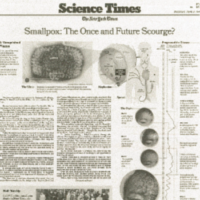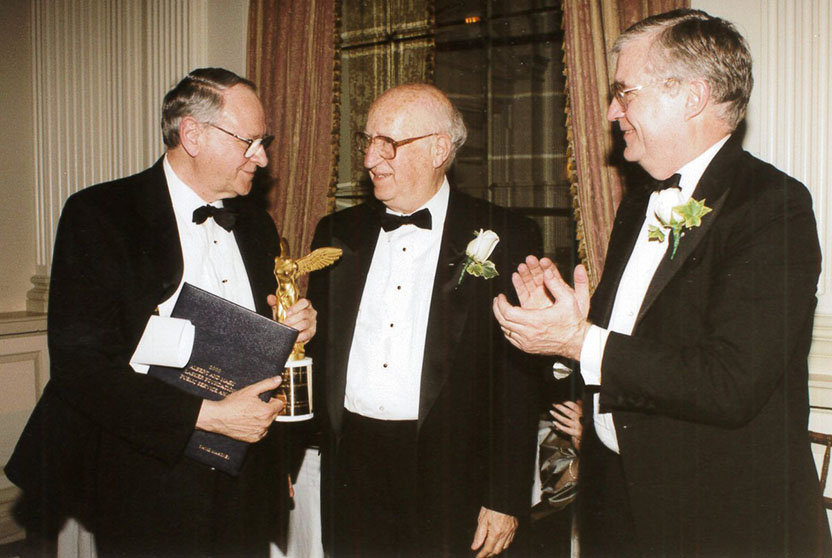
Science Times of The New York Times
New York Times
For sustained, comprehensive, and high-quality coverage about science, disease, and human health.
The New York Times, the nation’s acknowledged “newspaper of record,” has been a leader in reporting on science since the 1920s. In the mid-1970s, The Times began the process of expanding the daily edition of the newspaper into four sections that each weekday would be focused on a different theme. In 1978, A.M. Rosenthal, as managing editor, saw an opportunity for a ‘hard news’ section devoted to science. He conceived of the Science Times and led the effort to implement his vision. As importantly, Arthur Sulzberger, the newspaper’s owner, agreed to the science section without the necessary advertising revenues in place to finance it. Assigning reporters with outstanding writing skills, intelligence, and belief in the value and importance of the section, the leadership launched the Science Times with the support of the assistant managing editor Arthur Gelb and its first editor, John Noble Wilford.
Over the past twenty years, the section has succeeded beyond expectation. In fact, Science Times has become one of the newspaper’s most popular weekly sections. Journalists and scientists respect it for reporting that is accurate, balanced, and informative. It has gained a loyal readership among the general public by providing science news articles that are educational, inspiring, and entertaining. In effect, it has made medical research accessible to the person without a working knowledge of science, allowing one to grasp the complexity of science and the extraordinary accomplishments of those leading efforts to understand human biology and conquer disease.

Abraham Rosenthal, Daniel Koshland, James Fordyce
The enduring success of the Science Times can be attributed to a combination of vision, talent, hard work, and commitment. Deservedly, its writers and editors have won several Pulitzer Prizes. The section continues to serve as a benchmark of excellence for science coverage in other major newspapers and magazines. It has effectively challenged the mainstream media to enlarge their coverage of science, to be more serious in their reporting and to significantly improve the quality of their writing.
While the Science Times is dedicated broadly to science, articles related to medical research and the health sciences are a constant. They range across all the medical sciences from the most fundamental research to breakthroughs in clinical applications and across all medically related disciplines. As a consequence, the public and its leaders are better educated about the process of medical research, areas of science progress, the role of public and private finding, and the meaning of biomedical research to human health.
This Lasker Award honors The New York Times, its editorial leadership, and its many reporters for its sustained, comprehensive and high-quality coverage of science, disease and human health that has led to greater public awareness and a deeper understanding of the medical sciences.
